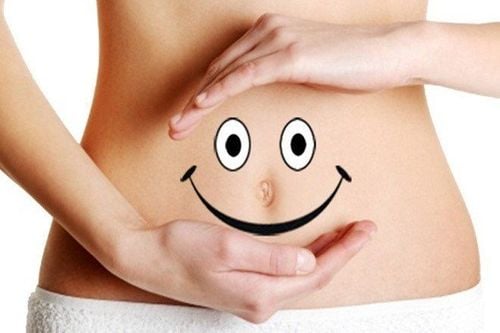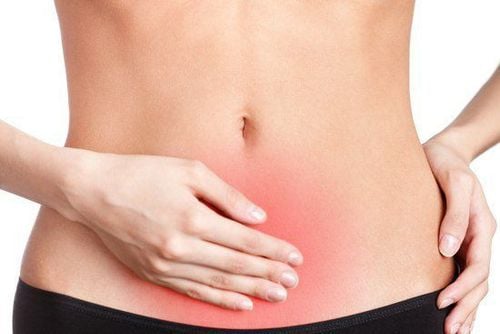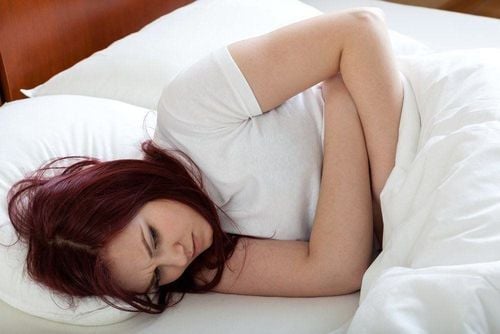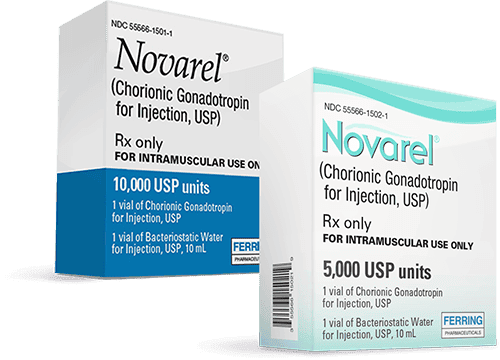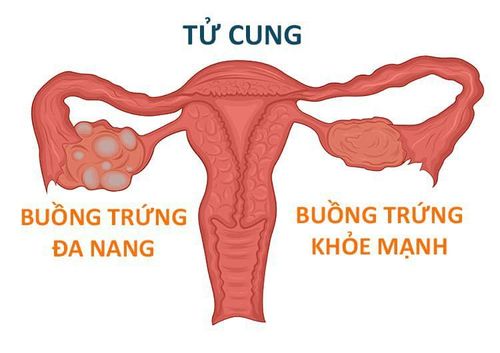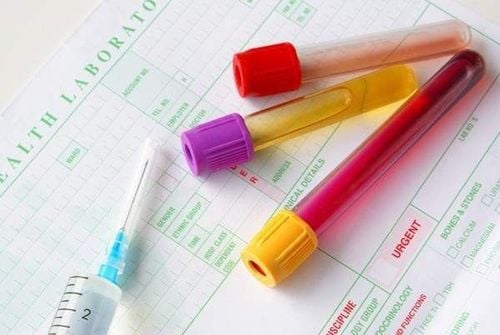This is an automatically translated article.
A woman's normal menstrual cycle will release one mature egg (also known as an ovum) per month. But when there is an anovulatory cycle or ovulation disorder, it will lead to menstruation but not ovulating, resulting in female infertility.
1. Symptoms and causes of anovulatory cycle
According to evaluation, anovulatory cycle is most common in the following two age groups:
Puberty: At the time of menstruation, the possibility that adolescent girls will not have menstrual cycle phenomenon. ovulation. Menopause: Between 40 and 50 there is a higher risk of hormone changes that lead to anovulatory cycles. For women of both age groups, there are many changes happening in the body, such as sudden changes in hormone levels, that can trigger an anovulatory cycle. For girls, at the age of puberty, because the hypothalamus in the brain does not yet secrete enough gonadotropin-releasing hormone, the pituitary gland does not secrete enough of the follicle-stimulating hormone, causing the follicle to not mature, not to be full. enough luteinizing hormone to prevent the follicle from being released. In premenopausal women, over time, the ovaries are no longer sensitive enough to respond to pituitary hormone preferences, leading to immature follicles and failure to ovulate. Or in the pre-menopausal age, there are some diseases of the reproductive system such as polycystic ovary.
Other causes include:
People who are too thin or too fat High intensity exercise habits Eating habits High levels of stress In the United States, 10 to 18% of couples have difficulty conceiving pregnancy and pregnancy, where anovulation is a common reason for female infertility.

Căng thẳng cao có thể gây ảnh hưởng đến vòng kinh không phóng noãn
2. Diagnosis of anovulatory cycle
Diagnosing anovulatory cycles can be simple for a woman with no or irregular periods that should prompt her to see a doctor. However, some women still find that their periods appear to be normal, so they are more difficult to detect because they do not go to the doctor. To diagnose anovulatory cycles, your doctor may check:
Levels of the hormone progesterone Uterine lining Blood tests to look for certain antibodies Ultrasound of the uterus and ovaries.
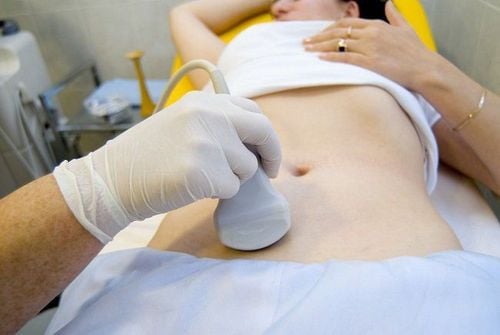
Siêu âm tử cung giúp chẩn đoán vòng kinh không phóng noãn
3. Treatment of anovulatory cycle
Based on the test results, the doctor will find out the cause and develop a treatment plan suitable for each patient.
If the menstrual cycle is not ovulating due to the influence of external factors such as nutrition or lifestyle, the most effective treatment methods include: Adjusting eating habits and regulating physical activities. Weight changes (gaining or losing weight as directed by your doctor) may also be enough to start returning your menstrual cycle to normal.
Sometimes an imbalance occurs inside a woman's body, so the doctor may have to prescribe fertility drugs to return the menstrual cycle to normal. These drugs are designed to treat the cause of female infertility, and some are used to ripen the follicles, increase estrogen, and help the ovaries release an egg.
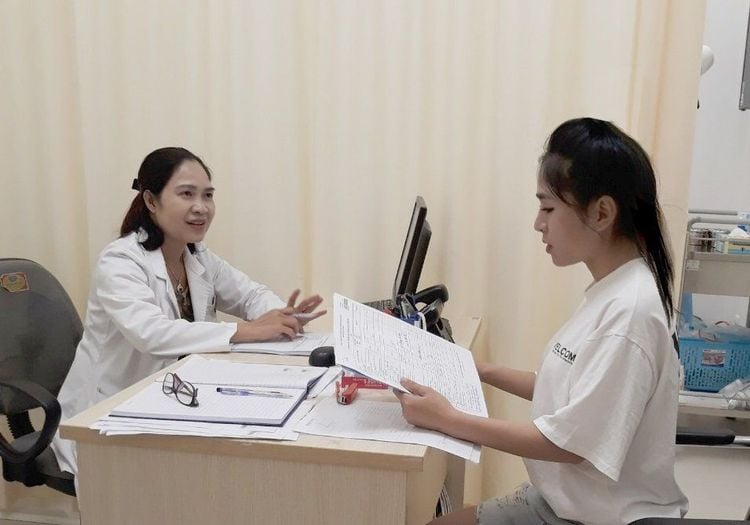
Phụ nữ nên định kỳ khám bệnh lý phụ khoa giúp phát hiện bệnh lý sớm
Surgical treatments are done in cases where there is a serious cause, such as a tumor or damage to the pituitary gland.
Basically, depending on the medical condition, the doctor will give the best treatment plan, helping the female reproductive system to function in a smooth way.
Currently, the assisted reproductive techniques at Vinmec IVF Reproductive Center are performed by a team of doctors, highly qualified and experienced specialists, capable of synchronously deploying and Comprehensive range of assisted reproductive techniques to infertility cases, infertility caused by many different causes.
Therefore, couples can go to the hospital for examination and treatment as soon as possible. Early treatment is always evaluated to bring good results and save a lot of costs.
If you want to book an appointment and consult with us, you can contact Vinmec Hospitals and Clinics nationwide HERE.
MORE
How many days is the normal menstrual cycle? Is the menstrual cycle irregular after giving birth a cause for concern? How to calculate ovulation for women with irregular menstrual cycles




